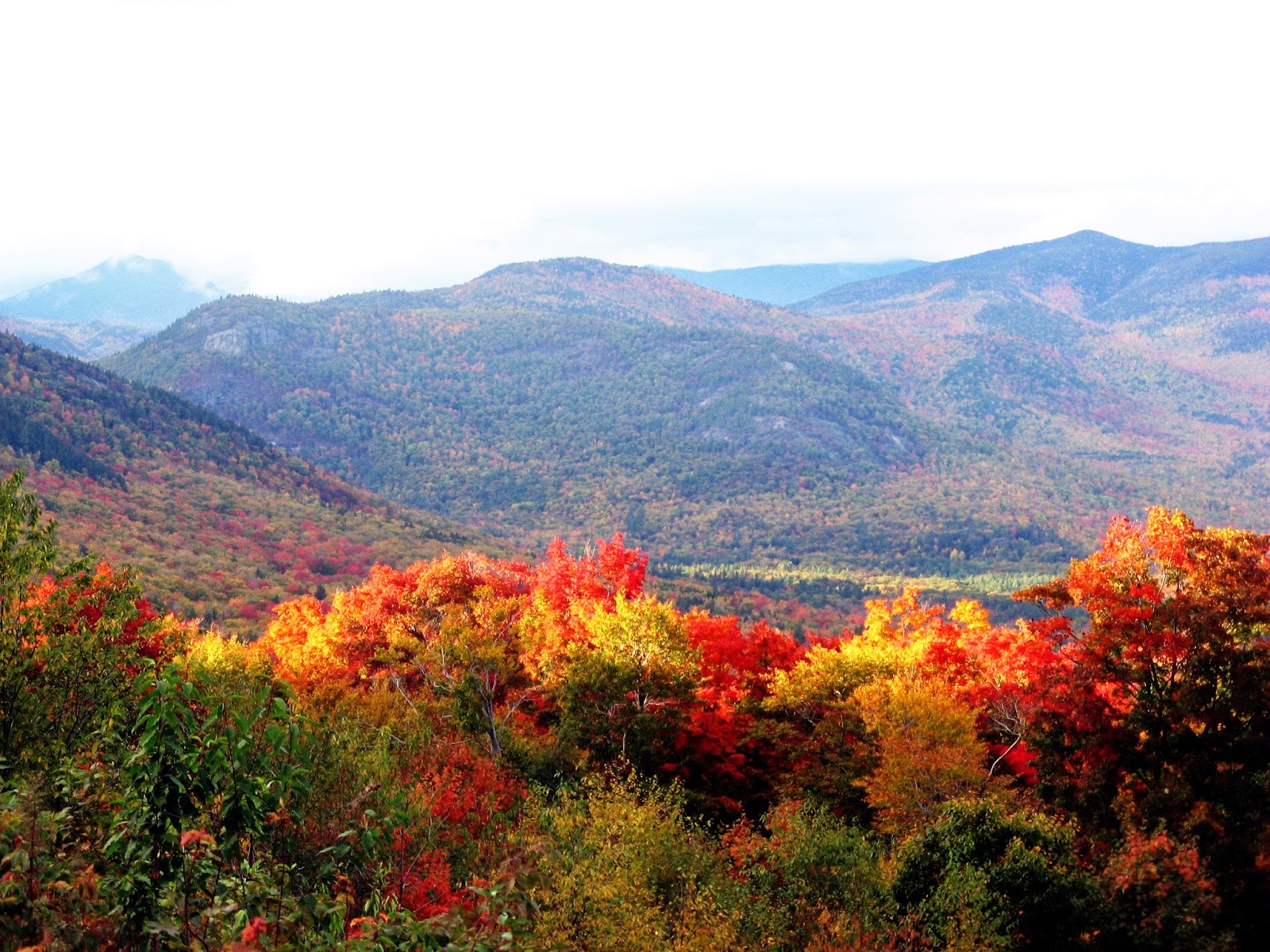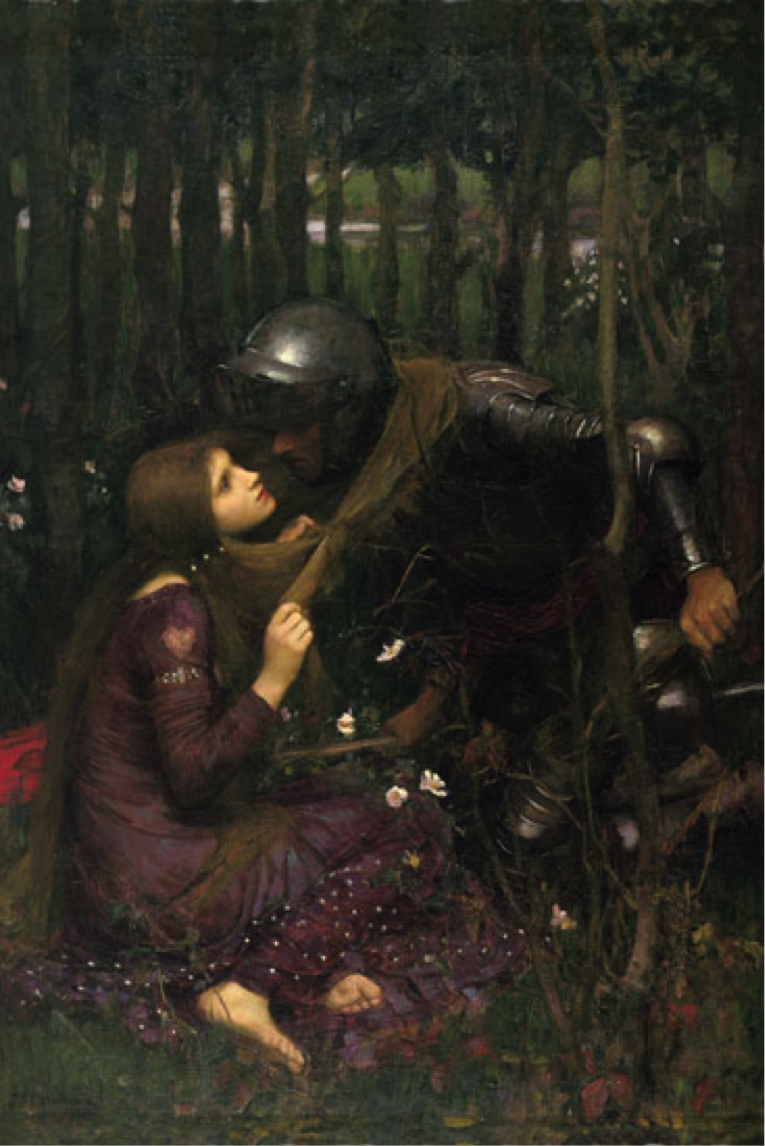To Autumn
The shades and leaves of time that fall on me bereft
shall be the Phoenix Lotus Flower of rebirth
Vibrating cornucopia of leaves;
a bridge; a god disguised; the cosmic glee!
sky-fringed yet the burdened passions hang on
take them in but slow; soon they'll BE -gone.
There are some similarities between my short poetry and To Autumn.
I can connect:
'Where are the songs of Spring? Ay, where are they?
Think not of them, thou hast thy music too,-'
With the last couplet i wrote. This is because the theme is basically the same one: the passing of time and the preoccupation of this. In Keats, the narrator alludes to Spring but later insists that we should not think of it, but of the song of Autumn instead. In my poem the narrator also suggests that we should appreciate Autumn for what it is as it is bound to leave.
Part Two
1) How does To Autumn differ from the other poems you have studied?
This poem, although it is an ode, does not share the imaginative quality of the ones we have studied. 'To Autumn' is a descriptive piece, more like Keats describing what he saw rather than creating on a higher plane of artistry. Instead of pondering over the engravings on an urn, or on the nature of an abstract feeling, Keats paints with words the landscape of reality. It differs also in that Keats does not conclude on any abstract, transcendental question: he merely chronicles the process of nature and suggests we should take it in, one season at a time.
2) I mentioned in a letter to my old pal Reynolds that the stubble fields in Autumn looked "warm" to me. How do I communicate a sense of warmth in my poem?
In the first part, this is communicated effectively throughout the stanza through the use of parallelism.
The stanza begins by stating that Autumn is 'close bosom-friend of the maturing sun'. This association already links Autumn to the sun, the source of warmth and heat of the earth. Yet the use of the adjective 'maturing' implies that the sun is not unbearably intense like in summer; it is dim, powerful but enjoyable, maturing. Furthermore, the third line: 'conspiring with him how to...' begins a parallelistic structure that will extend until the end of the stanza, marked by the use of the word 'to'. This parallelism links all of the blossoming and the natural occurrences to the sun, with whom Autumn 'conspires to' to things like 'load and bless with fruit the vines that round the thatch-eves run' and 'to set budding more, and still more, later flowers for the bees, until they think warm days...' Also, the line 'until they think warm days will never cease' is crucial as it shows that warmth is abundant, so much so that the flowers think it will never dissipate.
Nevertheless, i cannot fathom the use of the word 'conspiring'. If the sun and Autumn are conspiring something, it means that this has not happened yet: is Keats describing something he wishes to see? Is any of this real?
3) How do I use language to reflect the passage of time and a sense of an ever-changing world in this poem?
In the beginning, Keats is describes the allegiance between the Sun and Autumn: Keats uses the sentence 'conspiring with him [the sun] how to...' to enumerate a series of events through parallelism and hence paint a landscape of ripened nature ready for harvest. We know that the memory of summer is still fresh, as Keats closes the stanza by saying 'until they think warm days will never cease, for summer has over-brimmed their clammy cells.'
The next stanza shows the passing of time: the nuts and fruits are already on the floor of the granaries, the harvest is 'half-reaped' and Autumn watches the 'last oozings' of a cyder-press. Words like 'sitting carelessly', 'sound asleep', 'drows'd' and 'with patient look' describe the personification of Autumn, the Reaper, as a sleepy subject to nature's drowsiness. Once again, the interconnectedness of nature and man is evident: the personification of Autumn and his succumbing to nature is a powerful image that cannot go unnoticed.
The final stanza shows the coming of winter again through the use of imagery to convey the passing of time. 'Barred clouds bloom the soft-dying day' is a clue of the short days and cold clouds that characterize winter; also the fact that the formerly sumptuous landscapes turned into 'stubble plains' shows that time indeed has passed.

























